
Playing with Pixels: An Overview of a Compositing Reel
Roy Terium shares his journey into VFX and offers advice on crafting a compelling compositing reel for a successful career.

Roy Terium shares his journey into VFX and offers advice on crafting a compelling compositing reel for a successful career.
Roy Terium is a 24-year-old compositing artist from Belgium, and is in his third and final year studying Howest University of Applied Sciences - Digital Arts and Entertainment. Currently, he is undertaking his internship as a compositing artist at Benuts, a Belgian VFX company, where he is continuously honing his solid compositing reel. In this article he shares with us his journey into VFX and gives advice about curating a reel for a career in compositing.
My first steps in visual effects were around 2014 where we had to make a short film adaptation of a section of a book. The plot of the novel revolved around a mysterious video game and the blurring boundaries between the game world and reality. Because the book contained quite a few eccentric elements like gnomes and magic. I went ahead and tried to learn how to recreate these effects. I harnessed the power of my computer back then, a Chromebook with windows installed on a USB stick, and got to work! When I look back at this project it makes me cry of laughter because of how bad it looks. You gotta start somewhere. Right?

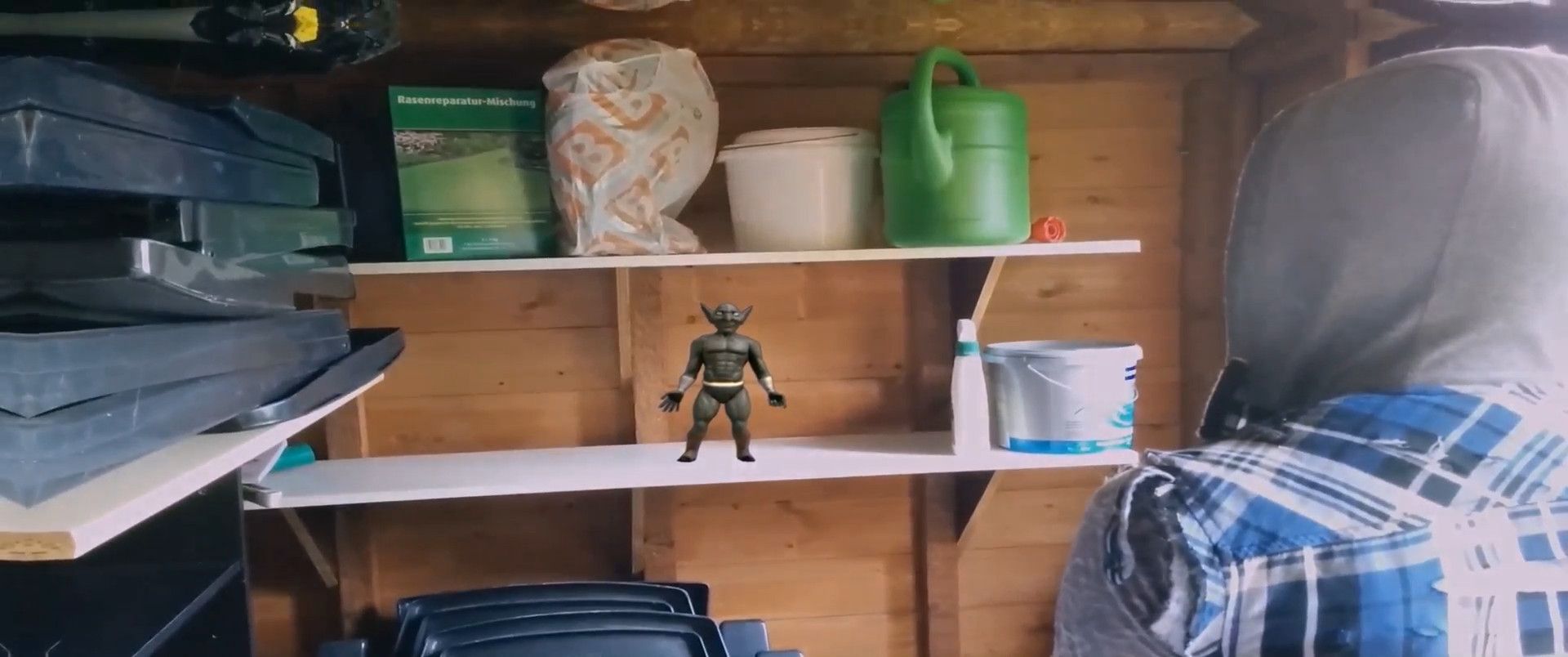
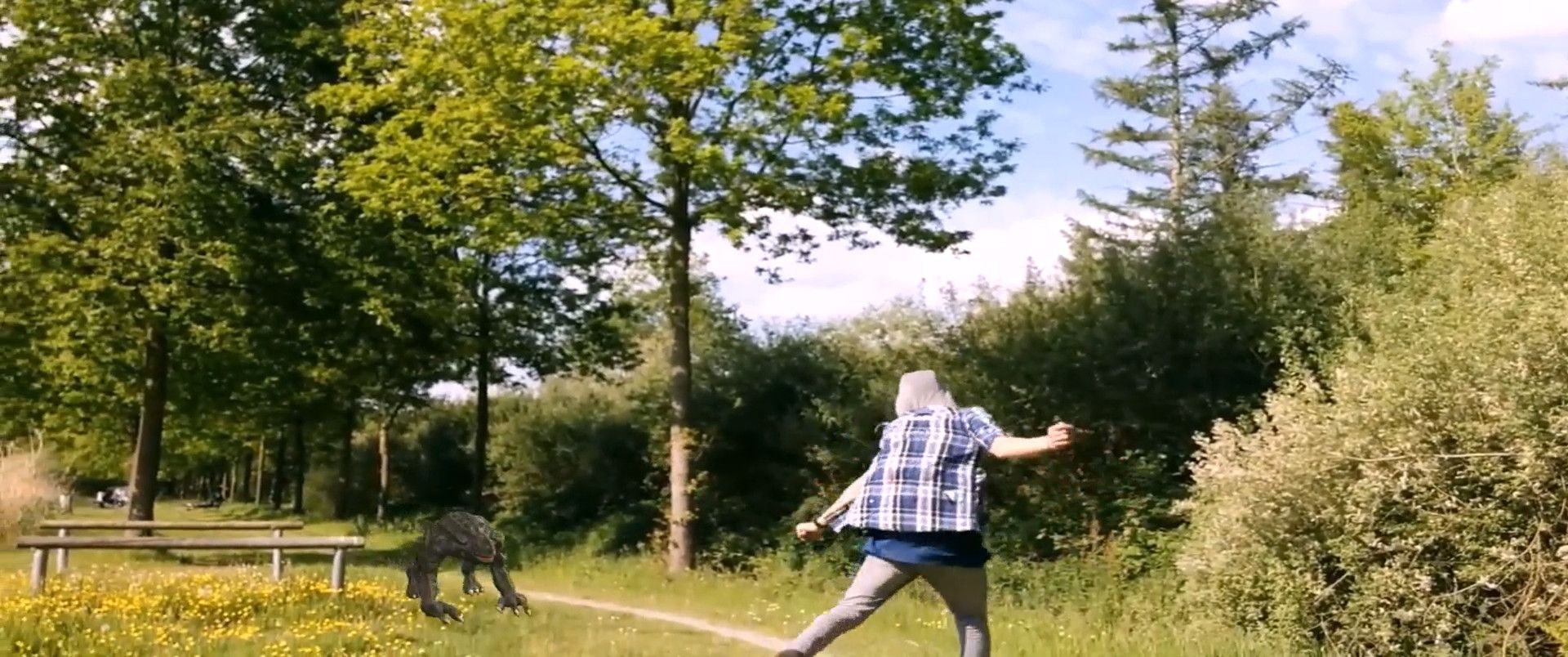
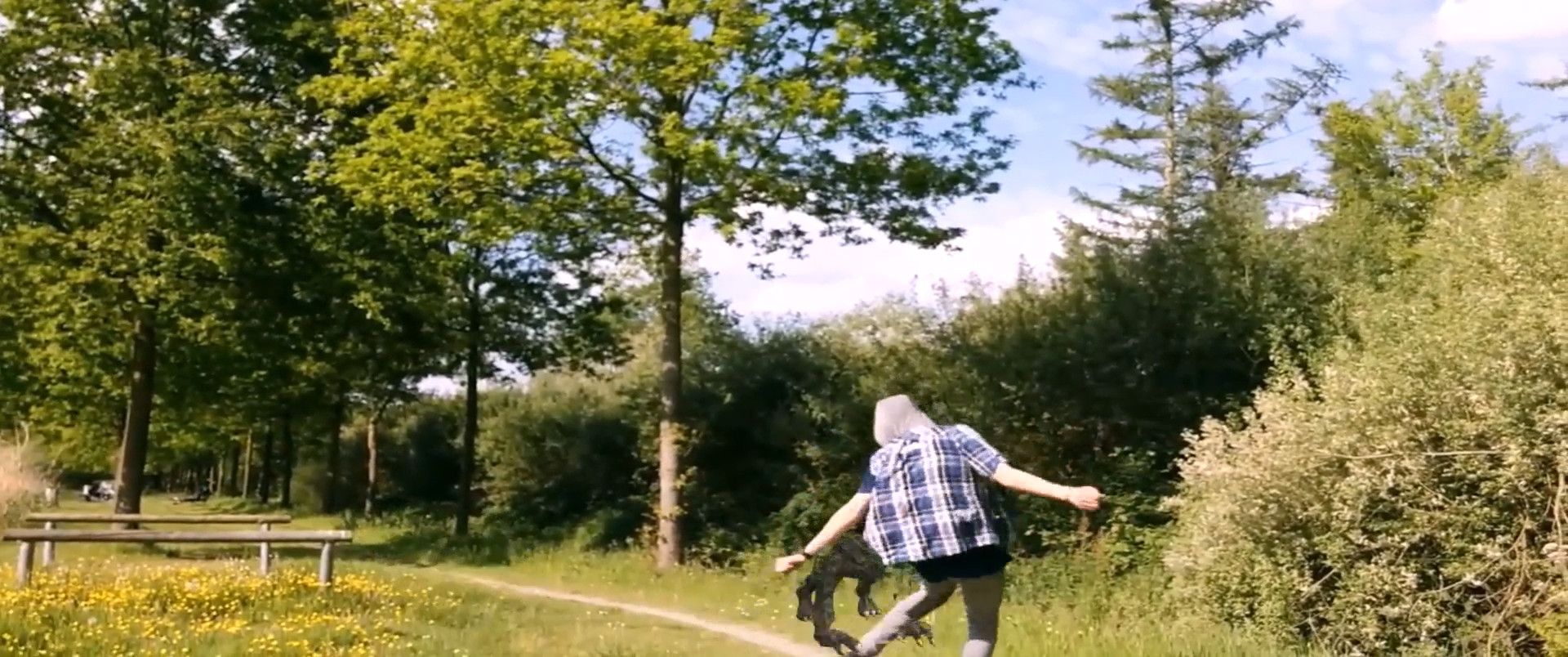

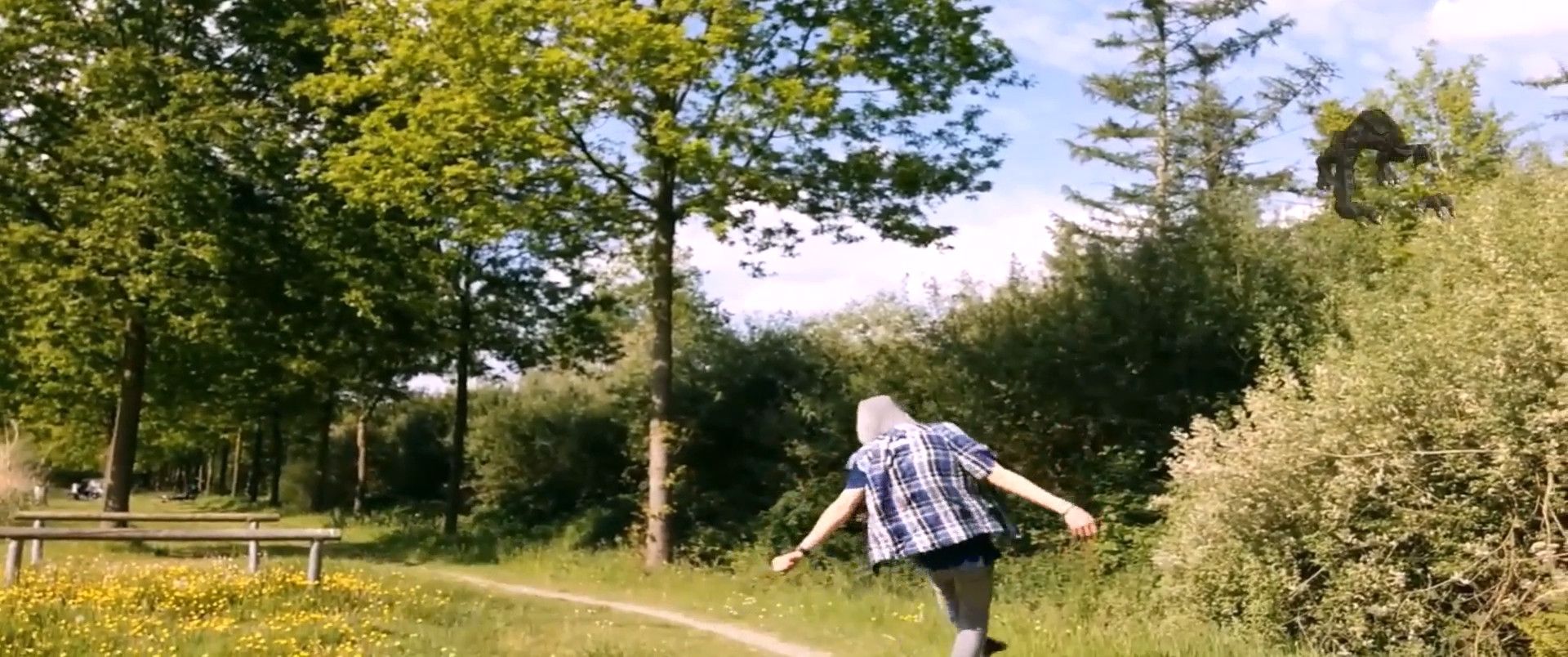
But ultimately this is what got me into visual effects. I discovered people like Freddie Wong (RocketJump) and Andrew Kramer (Video Copilot). Their videos and tutorials inspired me to keep on learning throughout the years.
After I graduated high school, I pursued filmmaking at LUCA school of arts. I immediately became the ‘fix it in post’ guy of my class. And after three years of painting out people, cables and tripods, I realised that my ambitions lied in VFX. Once I got my bachelor’s degree in film I decided to enrol at Howest University of Applied Sciences - Digital Arts and Entertainment.
Compositing is this weird but perfect mixture between technology/technical skills and artistry. In my opinion it’s the peanut butter & jelly of visual effects in that sense! If you do your job well enough people won’t even know that the final image has been altered. Combining different elements with a host of techniques until you reach this illusion of reality. It’s amazing!
In film school I learned a lot about cameras and how they work. This has helped me tremendously in my compositing. Seeing these lens/camera characteristics is so ingrained in our perception of photorealism. So, one of the pieces of advice I can give any aspiring compositing artist is to pick up a camera and learn more about photography and cinematography. As with many things in life: you'll learn much quicker by doing. This will train your eye on composition, lighting and perspective but also will make you more aware of these imperfections I mentioned earlier.
In my compositing reel I try to exhibit the full scope of my skill set. I try to include all the important disciplines that could be expected of a junior compositor. This includes rotoscoping, 2D/3D tracking, clean up/paint work, keying, projections, matte paintings, CGI integration and full CG compositing. I try to only limit myself to only one or two of each category in order to not make the reel feel too repetitive.
The reel has a mix of footage from school assignments, past film school projects but also shots from current student films. I find it to be more fun to collaborate and help someone else out in the process. Most of the time these shots have more intent behind them. But it also gives you an incentive to finish the shot and up your game.
I’ll go over a couple of shots of my reel and elaborate on the process behind them.
The first shot in my reel was a school assignment where we had to mimic the style of the opening credits from HBO’s ‘True Detective’ series. I loved the first season of that show and especially the ominous and gritty feel of its opening credits. After surfing the web for quite some time I found an image with the right atmosphere. I made some alterations to the plate though. I removed a person that was standing on the grass. I also took the liberty to add some more buildings to the powerplant on the left side as that was one of the recurring motifs in the series. I also increased the mist a bit to give the final image a more foreboding feel. In order to create the parallax in the shot I camera matched the image. Then I modelled some simple geometry to project the image back on. After that I could animate the camera to create the parallax effect. I added cards of grunge, dust and typography in the scene to help create some more depth and complexity. To top the shot off à la True Detective I added a semi transparent layer of a character as well.

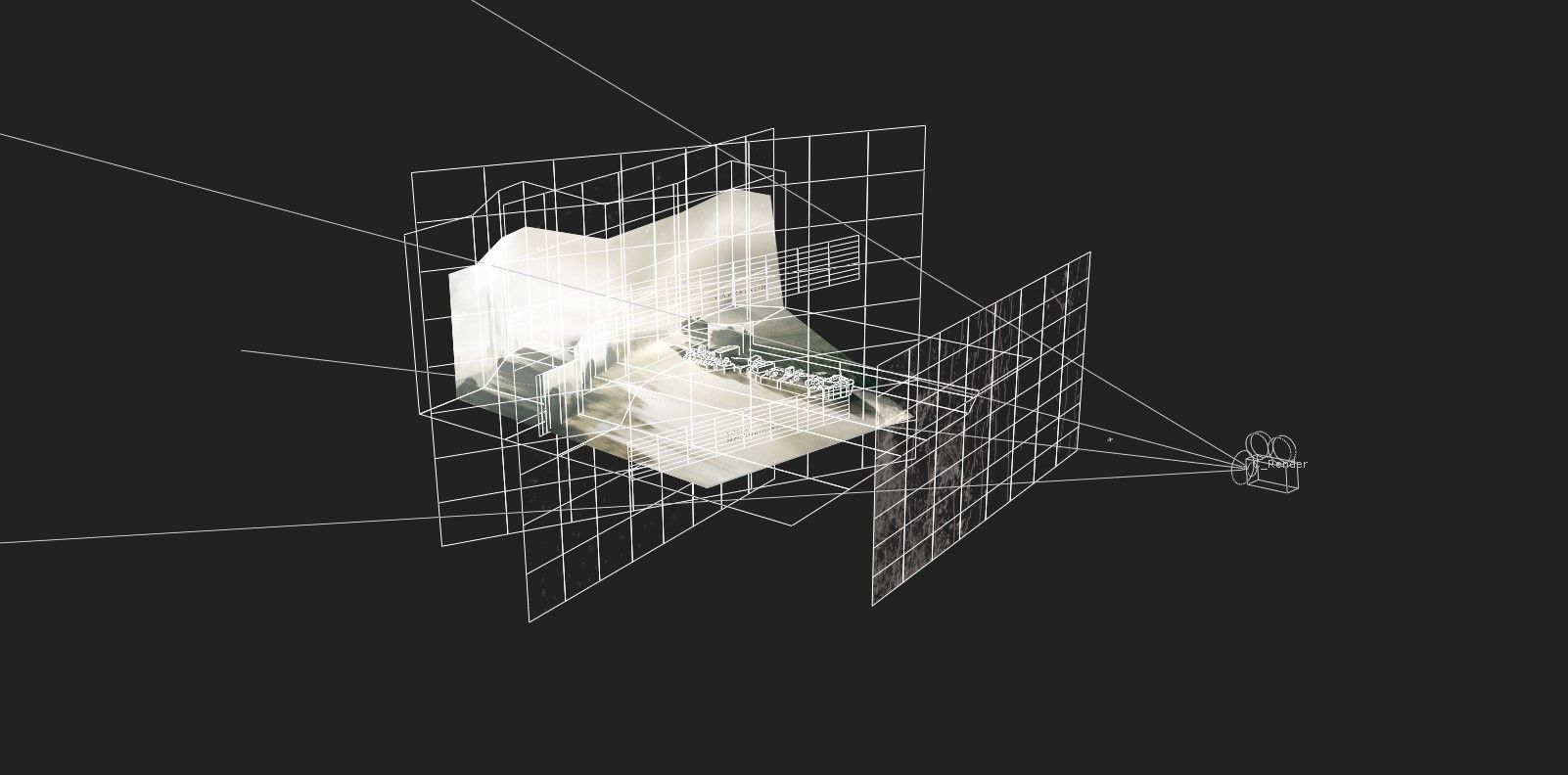
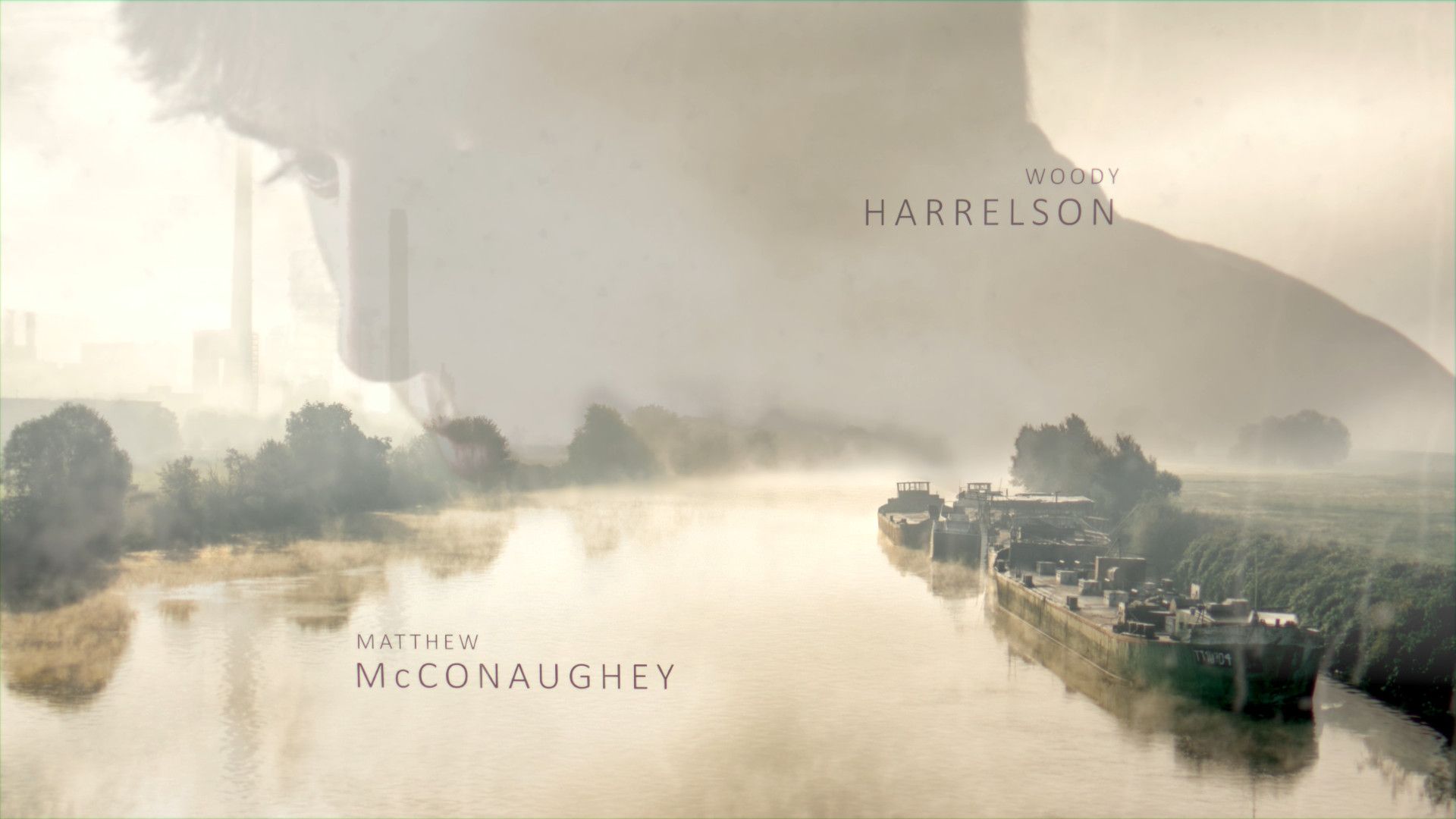
The lonely house project was our final assignment of the compositing course in the first year. We were tasked to replace the background of the shot with a desolate landscape. As the camera pans it should end on an old and unkempt house. Rather than spending hours searching the web for the perfect image or a 3D model of a house, I decided to capture real-life inspiration. In my neighborhood, there’s an uninhabited house that perfectly embodies the mood I was aiming for. I went out and photographed the house. Afterwards I could insert the house into the shot with the help of projection mapping. No worrying about it not being photorealistic as it’s a … photo!

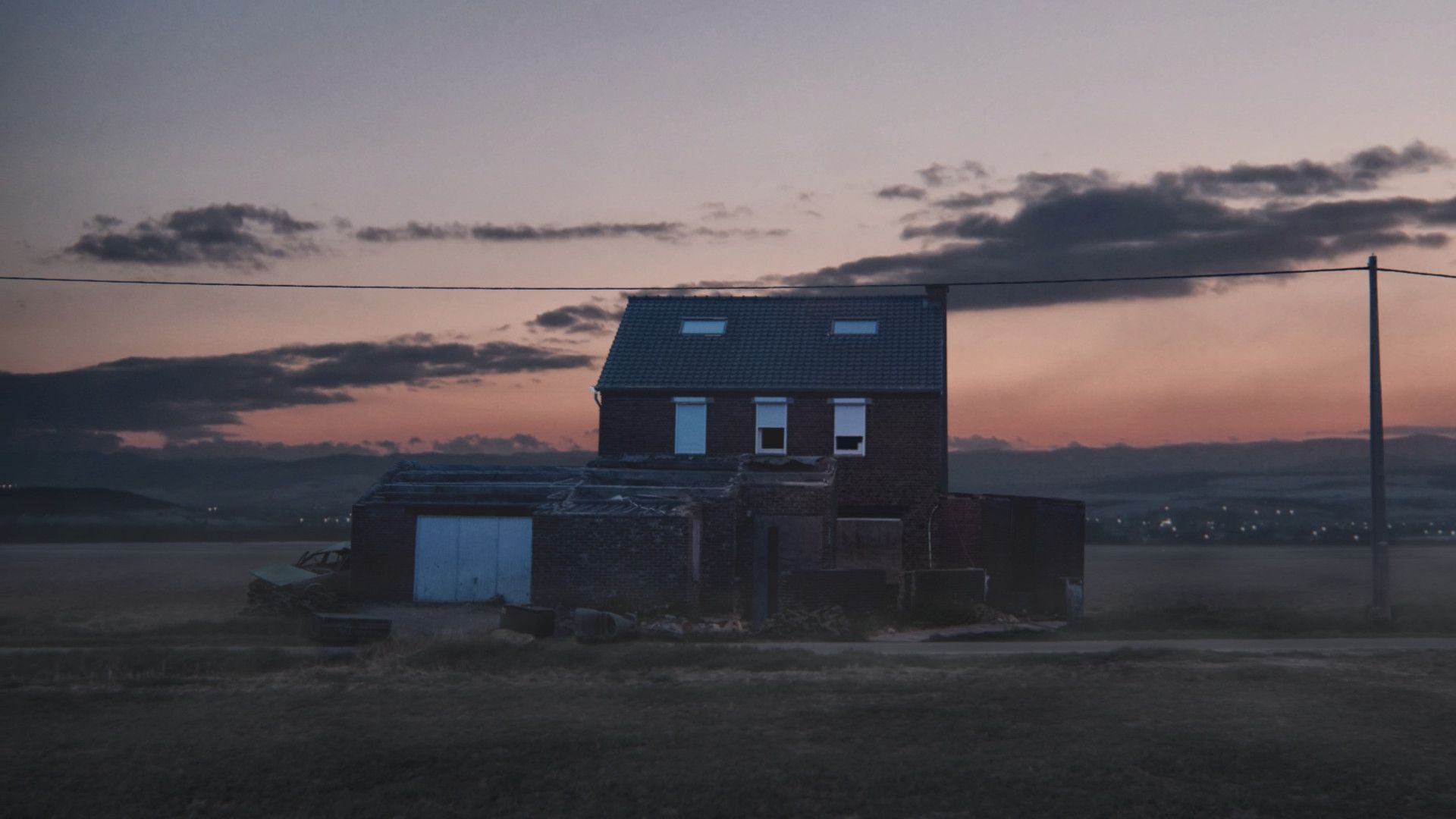
The live action robots shot was the first time I integrated CG with live action footage. The dance moves were inspired by a video clip called ‘Weapon of Choice’ by Fatboy Slim. Just for the record: Christopher Walken is amazing in this video clip! The animation was done by Carolina Dalmasso, a 3D Animation student at DAE. We roamed the city of Kortrijk looking for suitable locations and shot our own plates and HDRIs. The footage was captured statically, on a tripod. The panning and the zooming were done in post. This shot was a ton of fun to work on. Rotoscoping all those pesky tree branches was a bit of a hassle but they do aid in selling the final shot.

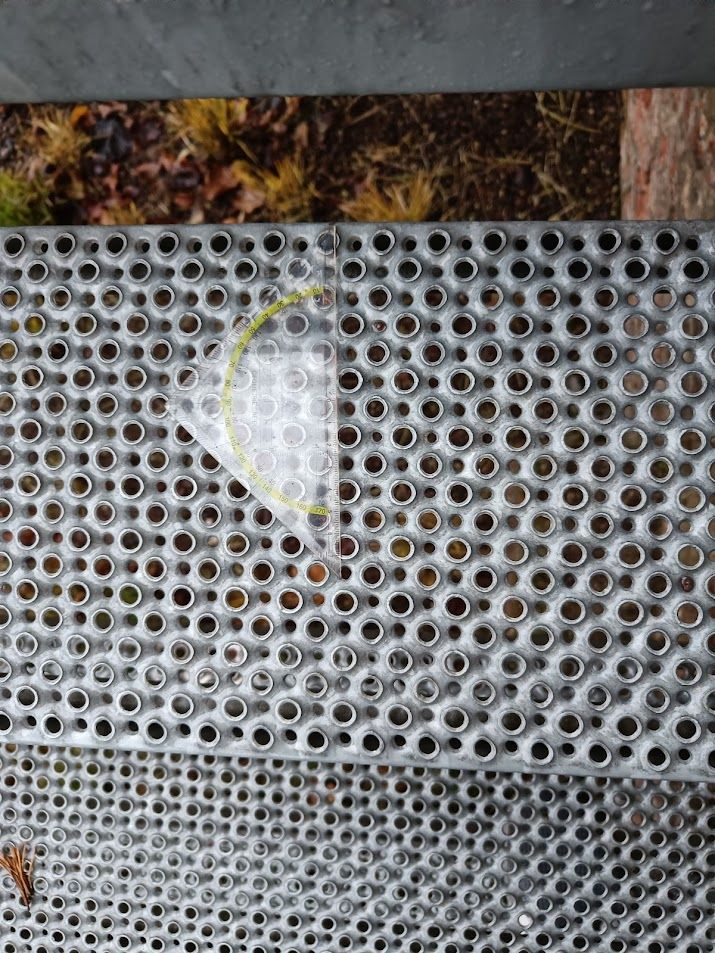

Working on ‘Giant of the Steppe’ was such a dream to work on. I’m already so sentimental and nostalgic about the times we were all working together on this. 99% of that had to do with the amazing team we had (Hi guys!). I’ll cherish those memories for years to come. You can check out our Rookies entry of our short film here if you want to read more about it:
Compositing for this project was a whole different beast (pun intended) than what I had done in the past. This was my first time compositing full CG scenes. Not only that but we were working with a plethora of different software. I had to combine offline and real time renders together and make them blend nicely. For this project I created a custom tool in Nuke for cross hatching that stuck to the geometry. I also learned Blinkscript to be able to implement a Kuwahara filter into our workflow. You can read more about this on my portfolio piece here on the Rookies!

The seven last shots of the reel contain what I consider to be the bread and butter of what I’m doing now as a junior compositing intern. Tasks like rotoscoping and paint work but also screen replacements are common in my day to day.
All of these shots have two things in common: some sort of matte creation and tracking. It’s in your best interest to start off by getting a good track. Of course what kind of track depends on the plate. Stabilizing your footage can (and probably will) make the next step more painless. The matte creation could be achieved by either rotoscoping or different keying techniques or more often than not, a combination of the two. As I look back at these scripts I can already see how I could've improved the efficiency. But that's just something you'll learn by doing it more and more.
The shot with the squirting blood of the 'Portrait of a Dancer' project was a challenge! The plate was from an old project from film school where we made a videoclip for a band. The location was a really old coal washing plant. In order to protect this monument of a building we had to put up plastic to protect the walls from the squirting blood! This caused reflections to show up in the wrinkles that had to be clean up in post. It was a shot that lasted for about 750 frames!

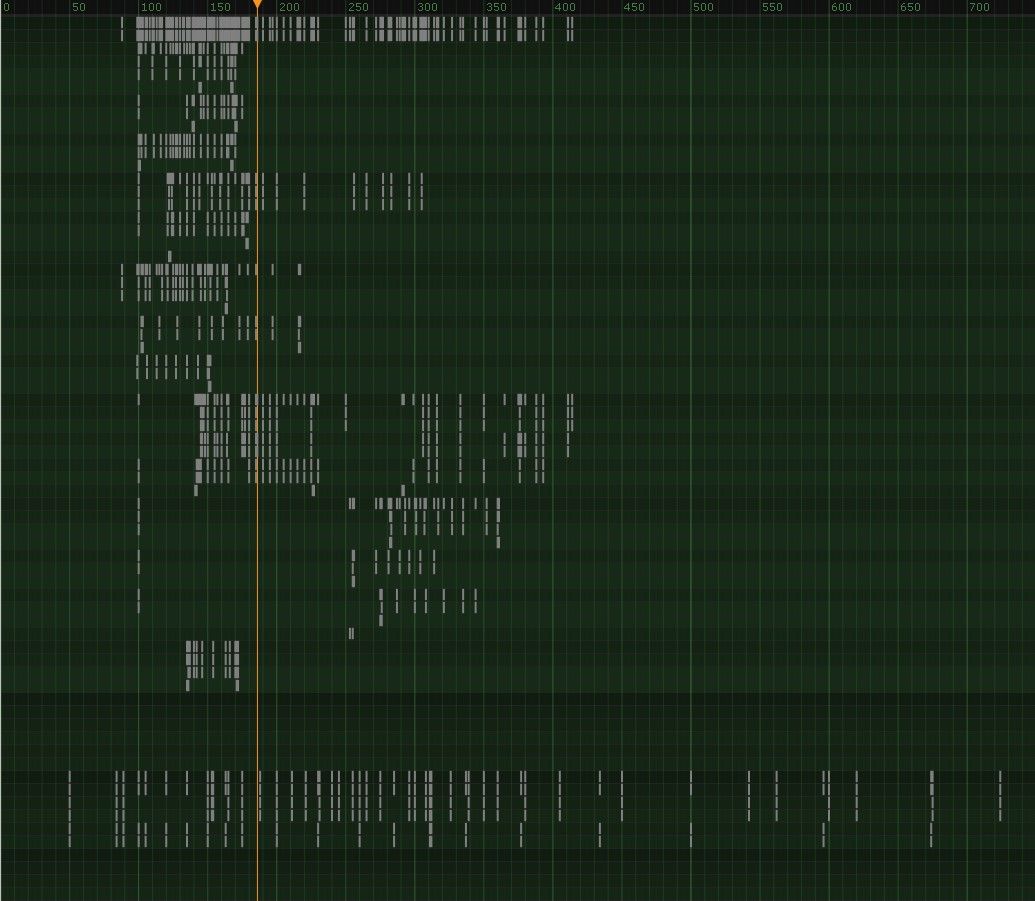
The last shot in the reel is a Day for Night shot. It was very interesting to work on as it's very subjective thing to do. To be able to achieve the look we were going for I had to grade parts of the plate differently than others. To be able to only affect the luminance of the sky I had to roto the character and pull a key of the sky. After that I played with the gamma, lift and saturation of the shot until I got something that I was happy with. To finish the shot off I tracked the camera motion and added some stars to the night sky.
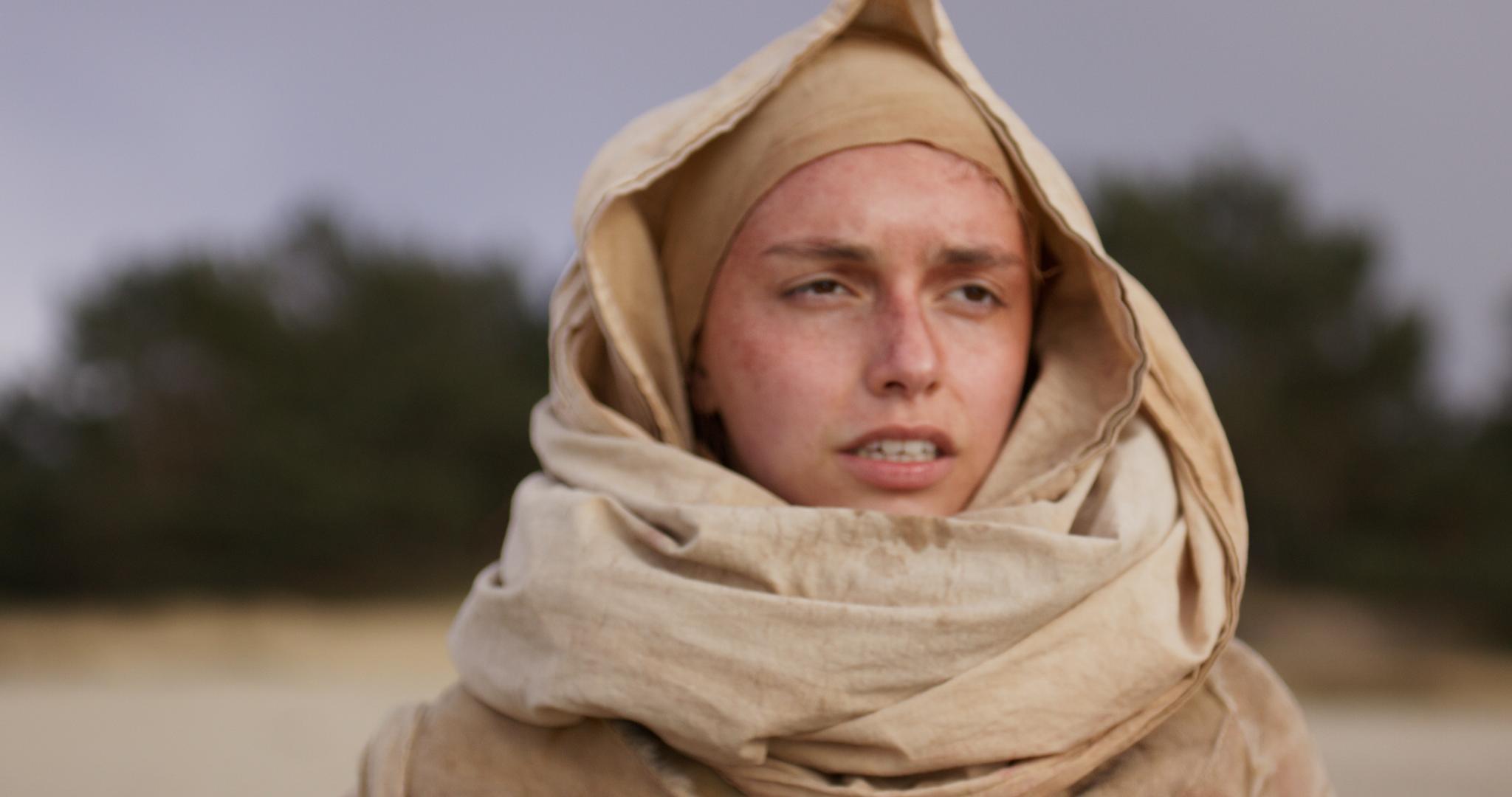

To conclude this article I’d like to thank The Rookies for this opportunity! I’d also like to express my gratitude to all of the people that I’ve crossed paths with at DAE. It was truly a wonderful environment to learn and grow.
If you'd like to get in touch with me you can find me on The Rookies, Artstation or Linkedin!